Neuroscience, Co-Occurring Disorders, and Treatment Approaches by Charles Atkins
$219.99 $62.00
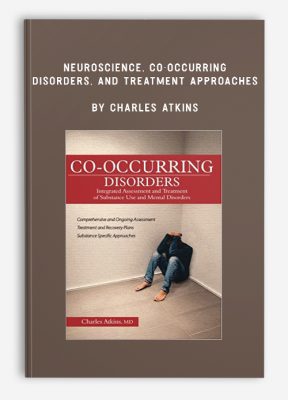
Neuroscience, Co-Occurring Disorders, and Treatment Approaches by Charles Atkins
**More information:
Get Neuroscience, Co-Occurring Disorders, and Treatment Approaches at Salaedu.com
Description
- Strategies from CBT, DBT and other evidence-based psychotherapies
- Medication Assisted Treatment (MAT): Effectively combine medication with therapeutic interventions
- Formulate treatment plans for opioid use disorders and co-occurring mental health disorders with an integrated whole-person approach
Painkillers can kill more than just pain. Death from opioid overdoses have bypassed those from motor vehicle accidents. Dangerous synthetic drugs have flooded the streets — someone’s first use may be their last.
Ruined lives, broken families, incarceration, and premature death. These are the extreme, life destroying consequences of opioid addiction. And opioids do not discriminate. Everyday problems like back pain, even a toothache, can lead a person down the path of opioid abuse. It can happen to anyone.
Your connection to the issue is personal – witnessing the tortured deterioration of clients, friends, and family struggling with addiction. You want to help, but knowing about other types of addiction isn’t enough. Opioid use disorders are distinct from other substance abuse disorders; a combination of brain change and physical dependence have created an epidemic of unprecedented proportions. Complicating things further, most individuals with opioid use disorders have at least one co-occurring mental health problem that must be addressed.
Are you prepared to end the suffering and tackle the unique and complex challenges of opioid addiction?
Board-certified psychiatrist, published author, and clinical trainer Dr. Charles Atkins has in-depth personal experience helping clients grappling with the devastating effects of opioid use disorder. Join him as he walks you through the specifics of how to craft effective evidence-based treatment strategies to treat opioid addiction and co-occurring disorders.
Watch this vital seminar and walk away with:
- Diagnostic criteria and public-domain screening tools.
- Psychotherapeutic strategies and supports tailored to achieve positive treatment outcomes in those with opioid use disorder.
- Options for combining Medication Assisted Treatment with psychotherapeutic approaches.
- Fully integrated treatment plans for opioid use disorders and co-occurring mental health disorders.
Get the tools and techniques you need to help your clients before it’s too late!
- How You Get Hooked in the First Place:
- Understand the Neuroscience of Opioid Addiction
- The Brain’s reward system: Mesolimbic Dopamine Pathway
- How chronic opioid use changes the brain
- Differences from other substance addictions
- Distinct risks of opioid abuse
- How neurobiology can help you determine treatment methods and establish realistic goals
- Psychotherapeutic Approaches:
- Tailor Proven Techniques to the Person with Opioid Use Disorder
- CBT and how it’s applied in evidence-based practice
- DBT and dialectical abstinence
- Motivational enhancement
- Trauma-based therapies that target substance abuse disorders
- Peer-based models
- Contingency management – address problematic behaviors
- Mindfulness, wellness-based activities and physical exercise
- How to assess when treatment ends or is not working
- Research limitations and risks of psychotherapeutic approaches
- Treat Drug Addiction with Medication:
- How Medication Assisted Treatment (MAT) Can Save Lives
- Is the controversy over? Benefits, drawbacks and risks of MAT
- The latest findings – research and research limitations
- Opioid agonists and antagonists Methadone, buprenorphine, naltrexone
- Naloxone (Narcan)
- How to combat associated stigma
- Current regulations
- Role of the behavioral health clinician in MAT
- How Medication Assisted Treatment (MAT) Can Save Lives
- Co-Occurring Assessment and State-of the- Art Tools
- The impact of opioid use and co-occurring disorders on treatment outcomes
- The Intake – if you don’t look for it you won’t find it
- High-risk areas for misdiagnoses and missed diagnoses
- The utility of standardized assessment tools and when to use them
- Obtain no-cost, and well-validated, diagnosis specific instruments
- Objective data and how and when to access prescription monitoring databases
- The assessment of dangerousness
- Assess readiness for change, and stage-of change theory
- How to approach level of care decisions
- Validity in co-occurring treatment research
- Risks associated with co-occurring treatment options
- Co-Occurring Treatment/Recovery Plans in 3 Easy Steps
- Create the Problem/Need List
- Set goals and objectives that meet client and regulatory needs
- Develop fully integrated treatment/recovery plans
- Understand the Neuroscience of Opioid Addiction
Please Note: PESI is not affiliated or associated with Marsha M. Linehan, PhD, ABPP, or her organizations.
More information about Medical:
Medicine is the science and practice of establishing the diagnosis, prognosis, treatment, and prevention of disease.
Medicine encompasses a variety of health care practices evolved to maintain and restore health by the prevention and treatment of illness.
Contemporary medicine applies biomedical sciences, biomedical research, genetics, and medical technology to diagnose, treat, and prevent injury and disease,
typically through pharmaceuticals or surgery, but also through therapies as diverse as psychotherapy, external splints and traction, medical devices, biologics, and ionizing radiation, amongst others.
Medicine has been around for thousands of years, during most of which it was an art (an area of skill and knowledge) frequently having connections to the religious and
philosophical beliefs of local culture. For example, a medicine man would apply herbs and say prayers for healing, or an ancient philosopher and physician would apply bloodletting according to the theories of humorism.
In recent centuries, since the advent of modern science, most medicine has become a combination of art and science (both basic and applied, under the umbrella of medical science).
While stitching technique for sutures is an art learned through practice, the knowledge of what happens at the cellular and molecular level in the tissues being stitched arises through science.
1 review for Neuroscience, Co-Occurring Disorders, and Treatment Approaches by Charles Atkins
Add a review Cancel reply
Related products
HEALTH - FITNESS - LIFESTYLE - MEDICAL
HEALTH - FITNESS - LIFESTYLE - MEDICAL
HEALTH - FITNESS - LIFESTYLE - MEDICAL
HEALTH - FITNESS - LIFESTYLE - MEDICAL
Fitness Mentors – Audio Lectures, Practice Tests and Study Guide for the NASM CPT Ex
HEALTH - FITNESS - LIFESTYLE - MEDICAL
HEALTH - FITNESS - LIFESTYLE - MEDICAL
HEALTH - FITNESS - LIFESTYLE - MEDICAL

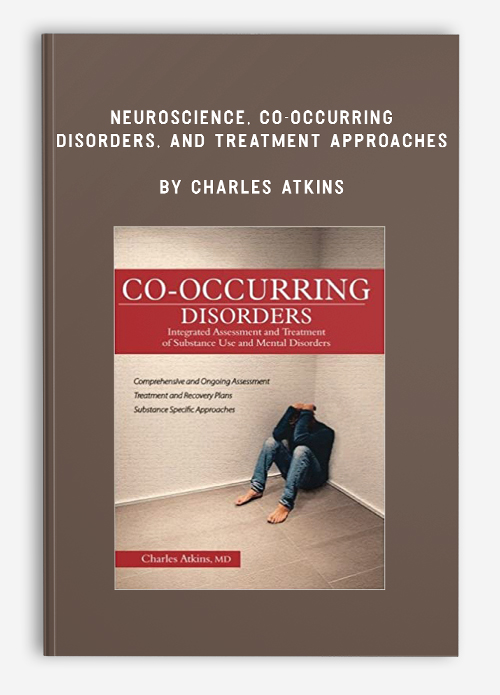
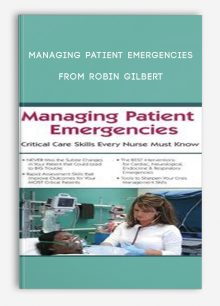


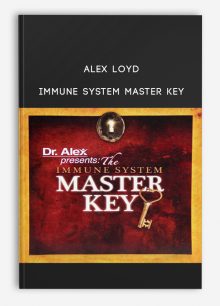
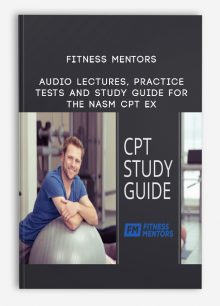

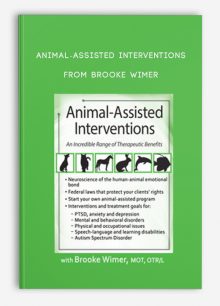
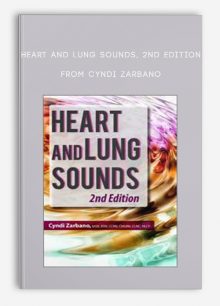
Trevis Trevis –
We create this shop with the mission: Bring the courses to 500 millions of people in the world, to help them awake their power and change their